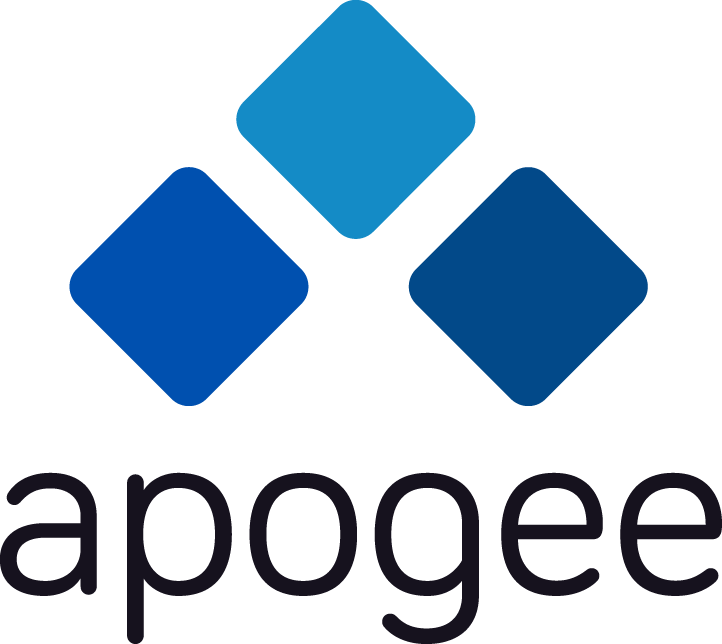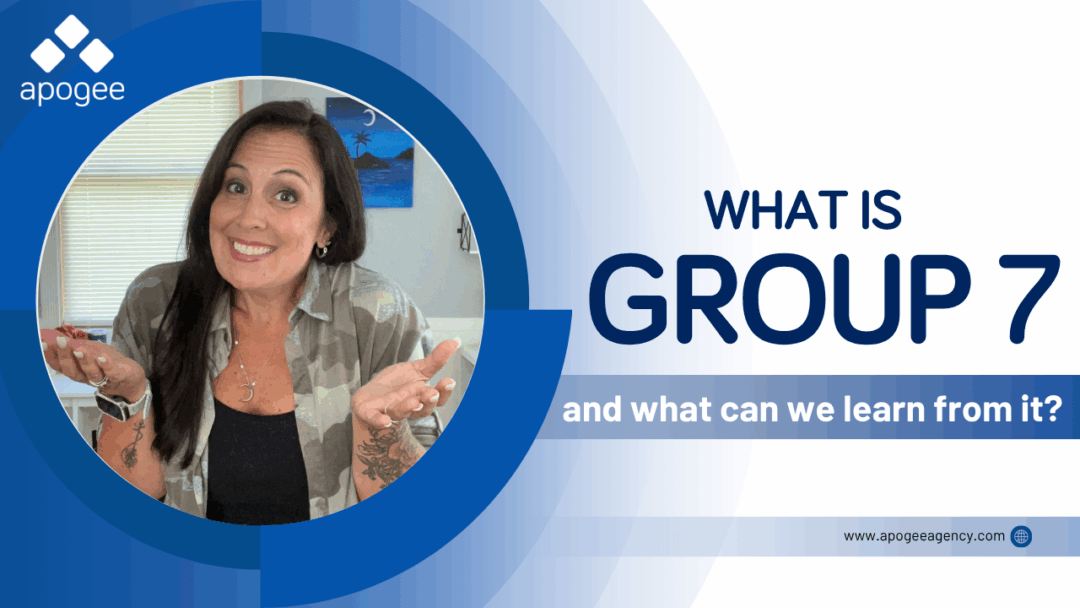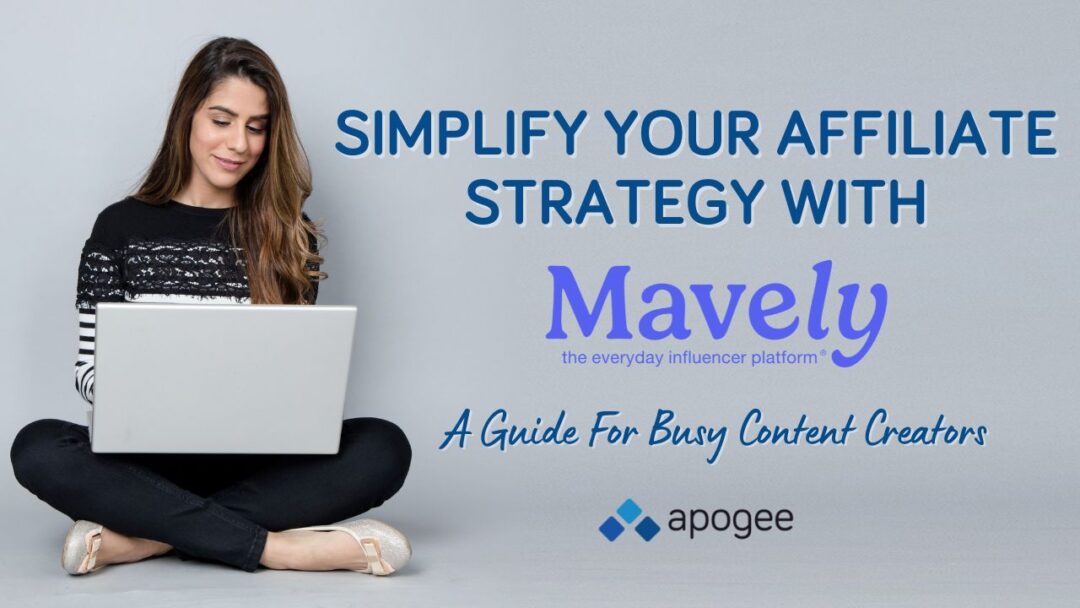
The Year in Review and a Look Ahead
December 19, 2019
Thank You, Shawn Collins and Missy Ward
January 16, 2020Kick your affiliate marketing strategy into high gear with these 12 daily steps. (This is a recap of our Q4 challenge)
Over the next 12 days, we want to help you “Think like an affiliate” and uncover opportunities to serve your audience in ways that are beneficial for you as well. Each day there will be a training tip or action item, plus in-depth details and ideas for how to promote each one of our clients.
Day One: Your Audience Matters
The first step to thinking like an affiliate is to think about your audience. Who are they? What do they need? What do they come to you for? What are their “pain points?” What problems do you solve?
Spend a little time today and write down who your ideal audience is and how YOU can play a part in making their life easier with the affiliate products you offer.
Having a clear idea of WHO you are promoting your affiliate products to will help you make sure you are creating content that meets their needs.
For example: On my blog, I serve moms in their 30s and 40s who are looking to get their health back on track with delicious low-carb recipes that even their families will love. I share delicious recipes, tips for getting into ketosis, and products, tools, and ingredients to help make living the keto lifestyle simple and fun without breaking the bank.
Day Two: Google Analytics
Google Analytics is a great resource to better understand your audience. This tool can help you learn what content to create that will convert best with your readers and followers. Google Analytics will show you what people are searching for to find you as well as where they are landing on your site and what they do from there.
The first place to look in Google Analytics is Behavior > Site Content > Landing Pages. This will show you your top posts.
The second view is under Acquisition > Search Console > Queries. This shows you what people are searching for in order to find you.
With this information you know what your current audience is viewing and what they are searching for in order to get there. This gives you a clear picture of what your audience wants from you.
You will want to make sure that the 10 posts are monetized to their full potential and use the Queries to make a list of related content ideas to make sure you continue to give your audience what they are looking for while keeping in mind ways you can monetize each piece.
Spend a few minutes brainstorming ideas for new content to create that you can monetize with your current affiliate programs and take a look at our extensive list of clients to see if there are other programs you might benefit from. You can see all of our clients here – https://apogeeagency.com/clients/
Action: Did any of the keywords from the Queries view surprise you? Let us know!
Day Three: What Problems do You Solve?
Probably the most overlooked aspect of affiliate marketing is thinking of your content as solving a problem. Each piece of content you create — blog post, email, social media status — which includes an affiliate product needs to be geared towards solving a problem where the product or service you link to is the solution.
For example, if your audience has children who are constantly losing their belongings (problem) Name Bubbles offers personalized labels that can be easily attached to help keep track (solution). If someone has a Foodie on their holiday shopping list that is just “impossible to buy for” (problem) then Snake River Farms, Southside Market, and Wildgrain offer unique gift ideas that are delivered right to their door (solution). If someone is looking for high quality skin care and hair care made with natural ingredients that are sustainable and not tested on animals (problem) then Natura offers a complete line of products for every age and stage that they can feel good about ordering (solution).
You are the expert in your field and your audience looks to you for the best information to help them make life a bit easier.
Think about your content, and the data from Google Analytics that you discovered with yesterday’s training, and consider what products you can promote using your affiliate links and what problems they solve. Edit that content to address how each product solves a problem and add a clear call to action.
Day Four: Content Structure For Higher Conversion
When it comes to creating content around your affiliate links, there are a few tips for helping your conversion rate.
- Address the problem early in the post, making sure to hit the “pain point” that people experience. Pain points include things like not enough time, not enough money, not enough knowledge, etc.
- Put your affiliate link as the simple solution to the pain point. You can use a text link with a call to action as well as a clear image with a call to action that can be designed in Picmonkey or Canva.
- Elaborate on the affiliate product and how it can help solve the problem.
- Include additional links with calls to action throughout the post.
Think about your content that has affiliate links. Have you addressed the problem early in the post and included your link as the solution? Do you have additional links throughout the post? Make sure you’re utilizing keywords, specific product or brand mentions and images as ways to include your affiliate link. These multiple touchpoints help reinforce brand recognition and increase conversion opportunities.
Then think about other related content you have that the affiliate product helps solve. Update those posts and make sure to interlink between them.
Day Five: Successful Calls to Action
We have previously touched on this, but let’s dive a bit deeper into successful calls to action that will help your content convert and result in higher commissions for you. Just introducing these products is not enough. You want to instruct your readers to click and purchase.
- Your call to action needs to be clear and concise: Use a strong verb to instruct the action you want your reader to take.
- Use words that invoke emotion while remembering the problem that this product solves.
- Explain how this product solves the problem and will make your reader’s life easier.
- Create a sense of urgency.
- Use the company guarantee to make it easy for the reader to make a decision.
Think of content where you have suggested an affiliate product as a solution. Make sure you have a clear call to action using these points. Remember that your call to action is what helps close the deal. It helps your audience make the decision to purchase this product because they trust you and you have told them all of the reasons why it is a good purchase.
Day Six: Using SEO To Create High Converting Content
So far in this series, we have discussed using content you already have to increase your affiliate income. In today’s lesson we are switching gears a bit to create a plan for content creation going forward that will help grow your affiliate earnings.
With the Google Analytics data we learned about earlier, brainstorm other related content ideas that you can create to continue to solve problems for your audience with your affiliate programs. Then, using tools such as KeySearch or Keywords Everywhere you can research which related terms have the highest search volume in order to help you reach as many new readers as possible.
For example: Your Google Analytics data showed you rank well for “best red wines.” When you put that term into KeySearch it shows related search terms to be “cabernet sauvignon,” “rose wine,” “port wine” and “red wine price.”
When you put “best red wines” into a Google search, the drop-down includes related search terms like “best red wine under 20” and “best red wines to impress.” Once you hit search you can scroll to the bottom to see Google’s recommendations for other keywords, which include “good red wine recommendations” and “best red wine sweet.” ALL of these terms would be great to use for creating the relevant content your audience is looking for (which you know based on your Google Analytics) that would be a great fit for The California Wine Club affiliate program.
Quick Tip: To avoid keyword cannibalization, open an incognito window and do a search for both related keywords. If the results are THE SAME then the two keywords are too closely related and may compete with each other. If the results are DIFFERENT then Google sees these terms as two different terms and you can write about both without any fear of keyword cannibalization.
Using your Google Analytics data, find a new related keyword that does not cannibalize your existing keyword to create a new piece of content featuring a product offered by one of the affiliate programs you’re in. Include a clear call to action in the post with text links and images. Share the post on your favorite social media outlets.
Day Seven: Affiliate Marketing Meets Email Marketing
Conversion rates on emails are generally higher when the email is directly targeted to the audience the product serves. This is another reason why it is so important to keep your audience in mind (refer to day one for more on figuring out your audience).
You can use any email provider you choose — MailerLite, MailChimp, and ConvertKit are some favorites — to create emails for a welcome sequence, RSS feed and email blasts as the opportunity arises.
Email marketing does not have to be complicated. Simply think of it as sending an email to your friends. Keep your natural language and use the same tips that we have learned for content in your emails. Address the problem and explain how the affiliate product is the solution. Use a call to action in your emails.
To grow your email list, consider creating simple products related to your content to offer as an “opt-in” when people subscribe to receive your newsletter. For instance, if you write about low carb recipes, put a group of your favorites together in a simple e-book using Word or Canva that readers can receive by opting in. You can create a welcome sequence that goes out automatically for several days or weeks after someone opts-in featuring more of your favorite recipes, including your favorite affiliate products that help make those recipes “easier.”
All of these tools — blog content, social media posts and email list —will work together seamlessly to help you give your readers the content they want and provides solutions for them to make their life easier by purchasing your affiliate products.
If you already have a mailing list, send out an email with great content related to what your audience knows and loves you for. Be sure to include your affiliate links with a strong call to action. Then, using what you know about your audience, create an opt-in to help grow your mailing list. Even if you already have one, you can send that out as a bonus freebie to your existing mailing list while having an additional opt-in for new subscribers.
Day Eight: The Full Customer Experience
When promoting affiliate products, it is important to be able to speak to the entire process that your audience will go through as customers — from ordering to shipping, receiving and unboxing. With all Apogee-managed programs, we encourage you to shop your own links so you can have the full customer experience while still being able to retain commissions from your purchase.
Using the strategies we have learned so far in this challenge, do some keyword research for products related to your content that have matching affiliate products. You can review all of our clients here: https://apogeeagency.com/clients/. Add the word “review” to your product name to see what results are shown.
When you find a product you want to try that you think will resonate with your audience and that has great keyword volume, shop your own link to purchase the products while taking screenshots of the process as you go. When you receive the product, create excitement for the full review by sharing an unboxing on your social media channels — and make sure to include a disclosure.
Finally, write up the content for the full product review including the steps for ordering, the shipment time, how the product was received and a first-hand account of how it has solved a problem in your life and made something easier. If you had a customer service issue and the company resolved that issue to your satisfaction, share that story, too.
Day Nine: Types Of Posts For Highest Conversions
Creating content that converts to affiliate sales is a crucial part of your affiliate marketing success plan. There are three mains types of posts that convert best. Let’s take a look at each one and see how you can create new content and or edit old content to help with conversion.
- Review Posts: as mentioned in yesterday’s training, review posts are often searched for with the sole intent to learn about the product to make a purchasing decision.
- Lists and Round-Ups: along the same lines as straight review posts, lists and roundups are a great opportunity to feature several products in the same niche.
- Buy This Not That: posts that compare products with in-depth comparison points are great for converting sales.
Think about your existing content. What posts do you have that can be easily edited into one of these types of high converting posts? What new content can you create that will fit into one of these types of posts where you can feature your favorite affiliate products?
Day 10: Three Reasons You Aren’t Making Sales
If you have been working on your affiliate marketing but are still struggling to make sales, here are the top three reasons why your content may not be converting:
- The product is not solving a problem. Make sure that you are explaining with every post WHY the product is the best solution for the pain point you are trying to solve. Make sure you are using clear and direct calls to action that instruct the reader just exactly how to make the sale.
- The product is not the right fit for your audience. Sharing products that are a great fit with your audience is an important part of making the sale. If you are in the low carb niche and your audience knows you for low carb recipes, sharing a sugared donut is not a great fit. Make sure the products you are promoting are congruent with what your audience is looking for.
- Not enough people are seeing it. You can have the best post with the best sales pitch and the best call to action but if no one sees it, you will not make the sale. Every post should have a promotion plan which includes actions such as social media shares, Pinterest images, round-up inclusion, SEO, email blasts, etc. Make sure you are doing everything you can to get as many eyes on each piece of content as possible.
Be honest with yourself. What might your affiliate marketing plan be lacking? What can you do to increase the traffic to your content? How can you edit your content to make sure you have a strong call to action?
Want another set of eyes to take a look and give suggestions? Feel free to drop an affiliate post here for us to take a look. If you do not want to share publicly, remember that you can always reach out to your affiliate manager for ideas for how to strengthen your content and conversion rates. Our affiliate managers bring a collective 35+ years of affiliate marketing experience to help you maximize your earnings in every single program.
Day 11: Affiliate Gift Guides
Gift guides are a great way to increase your affiliate income year-round. Evergreen gift guides for events such as birthdays, anniversaries, retirements, new parents, etc., are a great way to increase conversions every single month.
Gift guides convert well because their sole purpose is to give ideas for people to purchase. The people searching for that content are looking with the intent to purchase for that occasion. Affiliate gift guides offer the perfect opportunity for you to serve the best solution again and again.
What gift guides do you already have that can be enhanced by adding additional affiliate products? What new gift guides can you create from the programs you are already an affiliate for? Remember to use phrases that have high search from your SEO keyword research and make beautiful social media images to capture the audience's interest. Consider putting out a holiday gift guide this time of year for your email list with all of your favorite affiliate products.
Day 12: What To Do From Here
We have covered a lot of content ideas over the last 12 days, and hopefully, you are seeing a pattern emerge that you can turn into habits for your affiliate marketing plan for 2020. To recap and help you make a task list for the New Year, let’s go over a few key points for maximizing your affiliate earnings all year long.
- Do keyword research to identify problems your audience is trying to solve.
- Create content focusing on affiliate products to solve problems that your audience has.
- SEO that content for the solution and include a clear call to action for the product.
- Multi-purpose your content for blog posts, social media and email blasts.
- Order through your own links to have the full customer experience.
- Grow your email list with a simple opt-in that is related to the content your audience loves.
- Look for every opportunity to promote your favorite affiliate products to your audience.
- Create a 2020 content calendar and include your affiliate marketing plan throughout the new year for consistent growth.




